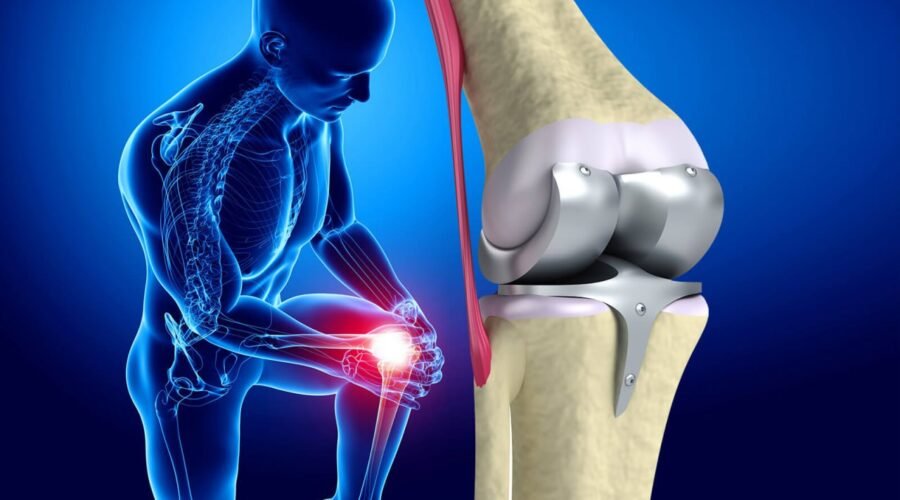Joint pain can significantly impact your daily routine, whether you’re a senior aiming to stay mobile, an athlete managing years of wear and tear, or someone dealing with chronic discomfort. For many, joint replacement offers an opportunity to regain function and mobility. Deciding whether this procedure is the right choice involves evaluating your condition, understanding the potential benefits, and considering other options.
Who Might Consider Joint Replacement?
Joint replacement is often recommended for individuals whose pain and mobility challenges persist despite non-surgical treatments. Common conditions leading to this surgery include arthritis, joint injuries, or long-term wear and tear in areas such as the hips, knees, and shoulders. Seniors experiencing difficulty with daily tasks like walking or climbing stairs may find joint replacement beneficial. Athletes, after years of repetitive strain, might explore this option to regain function. Additionally, individuals with chronic pain that remains unresolved through other methods may also turn to this procedure.
However, not everyone is a candidate for joint replacement. Factors such as overall health, lifestyle, and specific goals must be considered. Evaluating how surgery fits into your life is a key step in making an informed decision.
Questions to Ask Before Deciding
Reflecting on the impact of joint pain on your life can guide your decision. Does the pain interfere with daily activities or disrupt your ability to rest? Are you unable to engage in hobbies or meet responsibilities due to discomfort?
Consulting with a healthcare professional is a valuable part of this process. They can provide clarity on the potential benefits, recovery timelines, and whether joint replacement aligns with your personal goals. Additionally, understanding what you hope to achieve through surgery is key. Whether it’s improved mobility, reduced pain, or a return to physical activity, identifying your objectives will help you assess if this approach matches your needs.
Exploring Non-Surgical Options
Joint replacement is a significant step, so exploring non-surgical alternatives first is worthwhile. Physical therapy, medications, and pain management programs can provide relief in many cases. Weight management or lifestyle adjustments also ease joint strain and improve function.
Minimally invasive procedures, such as joint injections, can offer temporary relief and delay the need for surgery. These approaches are practical options, especially for those looking to exhaust non-surgical solutions before considering a more permanent intervention. Seeking a second opinion can also provide a fresh perspective, helping you weigh the pros and cons of surgery versus alternative treatments.
What to Expect During Joint Replacement
Understanding the process can make the experience less intimidating for those opting for joint replacement. Recovery varies depending on the type of joint replaced, overall health, and participation in post-operative rehabilitation. Physical therapy is central to recovery, helping patients regain strength and restore flexibility. While noticeable improvements may take weeks or months, following the recommended rehabilitation plan is key to maximizing outcomes. Preparing mentally and physically for this period can make the transition smoother.
Making the Decision That Fits Your Goals
Joint replacement is a deeply personal decision that requires careful thought. Evaluating your condition, consulting professionals, and exploring alternatives may provide a comprehensive view of your options.
